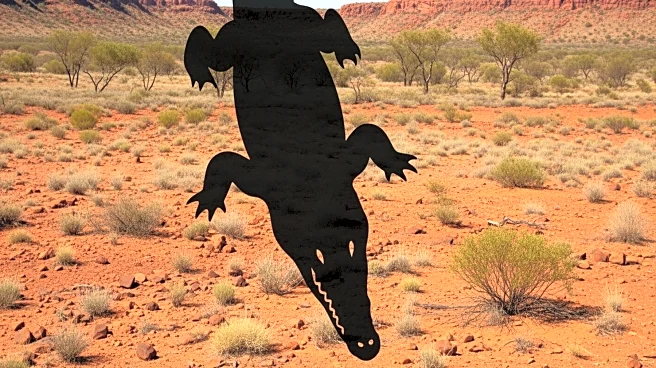What's Happening?
Scientists have extracted the oldest known RNA from a woolly mammoth named Yuka, preserved in Siberian permafrost for nearly 40,000 years. The RNA, which is less stable than DNA, provides a snapshot of
gene activity at the time of the mammoth's death. The research, led by Love Dalén at Stockholm University, reveals that Yuka was a male, contrary to previous beliefs. The study offers insights into the mammoth's physiology and potential causes of death, such as stress from a cave lion attack.
Why It's Important?
This breakthrough in RNA extraction from ancient specimens opens new avenues for understanding extinct species' biology and evolution. It demonstrates the potential to study gene expression and physiological responses in ancient animals, providing a more dynamic view of their lives. The findings could inform de-extinction efforts and enhance knowledge of ancient ecosystems. The research also highlights the preservation capabilities of permafrost, offering a valuable resource for studying prehistoric life.
What's Next?
Future research may focus on extracting RNA from other well-preserved specimens to explore gene activity and environmental interactions. Scientists may also investigate ancient RNA viruses to understand their evolution and impact on past populations. The techniques developed could be applied to other extinct species, broadening the scope of paleogenetic studies.
Beyond the Headlines
The study raises questions about the ethical implications of de-extinction and the potential consequences of reintroducing extinct species. It also highlights the challenges of preserving ancient genetic material and the importance of interdisciplinary collaboration in advancing paleogenetics. The research underscores the need for careful handling and analysis of ancient specimens to avoid contamination and degradation.











